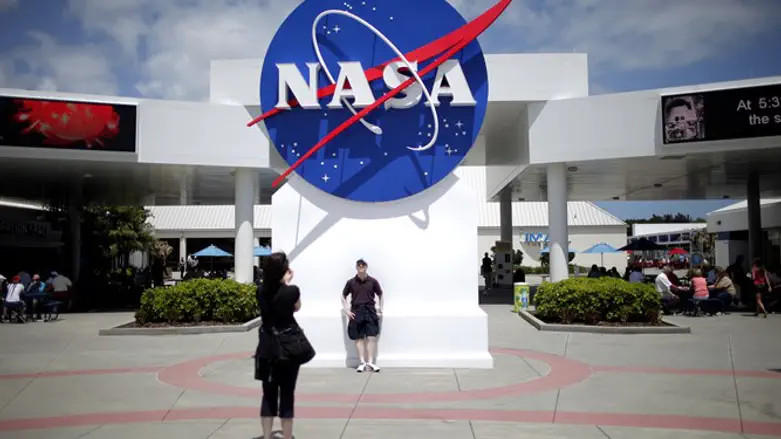
A NASA scientist is warning that Earth is due for an “extinction-level” event like a comet or asteroid strike - and he claims there won’t be anything we can do to stop it, according to a New York Post report on the matter.
Joseph Nuth, an award-winning scientist at NASA’s Goddard Space Flight Center, was speaking at the annual American Geophysical Union meeting in San Francisco. Nuth maintained that policymakers should start preparing for such a cataclysm, despite the extremely long odds of it happening.
“But on the other hand, they are the extinction-level events, things like dinosaur killers, they’re 50 to 60 million years apart, essentially,” Nuth said. “You could say, of course, we’re due, but it’s a random course at that point.”
Nuth claims that humanity isn’t close to being prepared for such a threat, stating that "there’s not a hell of a lot we can do about it at the moment."
Nuth is calling on NASA to build two spacecraft: an “interceptor” rocket and an observer spacecraft. If a comet or asteroid poses a strong enough threat to Earth, the rocket — which would be capable of carrying a nuclear bomb — could “mitigate the possibility of a sneaky asteroid coming in from a place that’s hard to observe, like from the sun,” said Nuth.
However NASA would need to drastically reduce the typical five-year span between mission approval and launch to make any such last-minute deflection attempt a possibility. Space.com reports that NASA would need to make a formal request to Congress to approve such a mission and it would likely cost a considerable amount of money.
Nuth stressed that he wasn’t speaking on behalf on NASA, saying he’s not a policymaker at the space agency. “I’m not even in the administration of NASA,” he said. “So this is more of a scientific recommendation.”
Nuth said Earth had a “close encounter” just two years ago, when a comet passed “within cosmic spitting distance” of Mars. The cosmic snowball of frozen gases was discovered just 22 months before its near-collision with the Red Planet.
“If you look at the schedule for high-reliability spacecraft and launching them, it takes five years to launch a spacecraft,” Nuth said. “We had 22 months of total warning.”
But NASA officials, in a statement to the New York Post, said not to worry for at least the next century.
“NASA places a high priority on finding and characterizing any hazardous asteroids and comets as much in advance as possible, to have sufficient time to protect our home planet from a potential impact,” the statement reads. “The agency continues to aggressively develop strategies and plans with partners in the US and abroad to enhance our identification and tracking efforts, and develop options for mitigation and planetary defense.”
The statement continued: “To date, approximately 95 percent of potentially hazardous asteroids and comets larger than 1 kilometer in size that could pose danger to Earth have been found. Additionally, there are no detected impact threats for the next 100 years.”